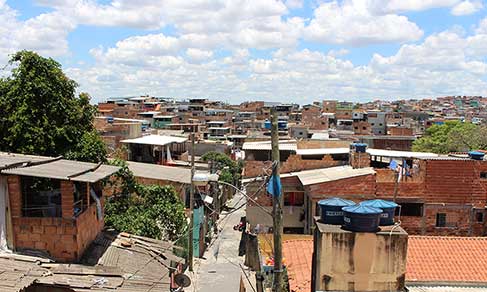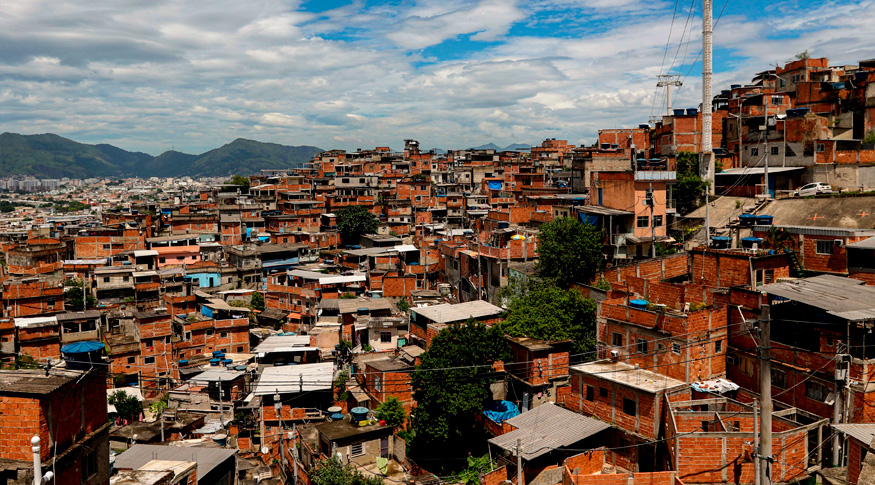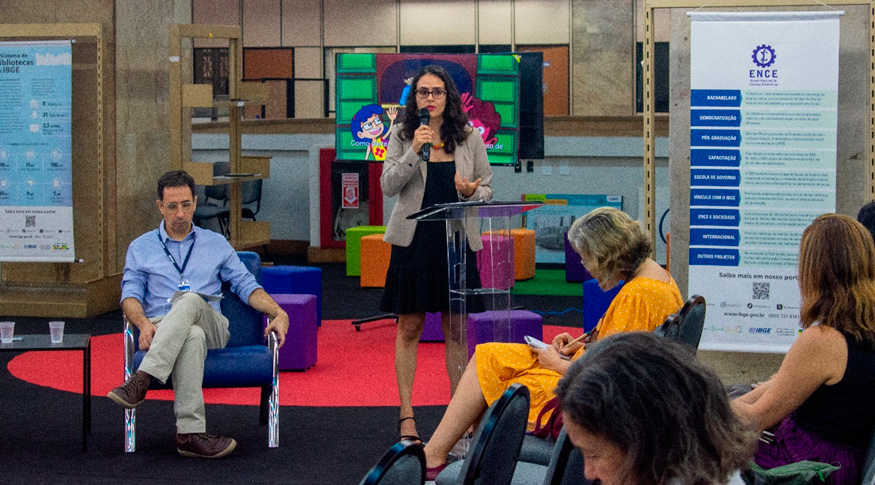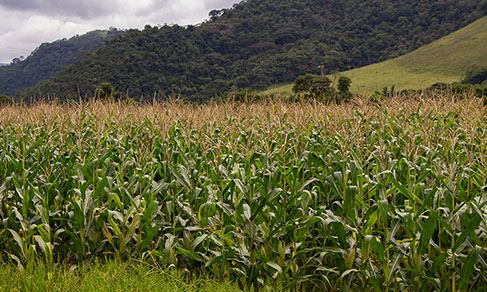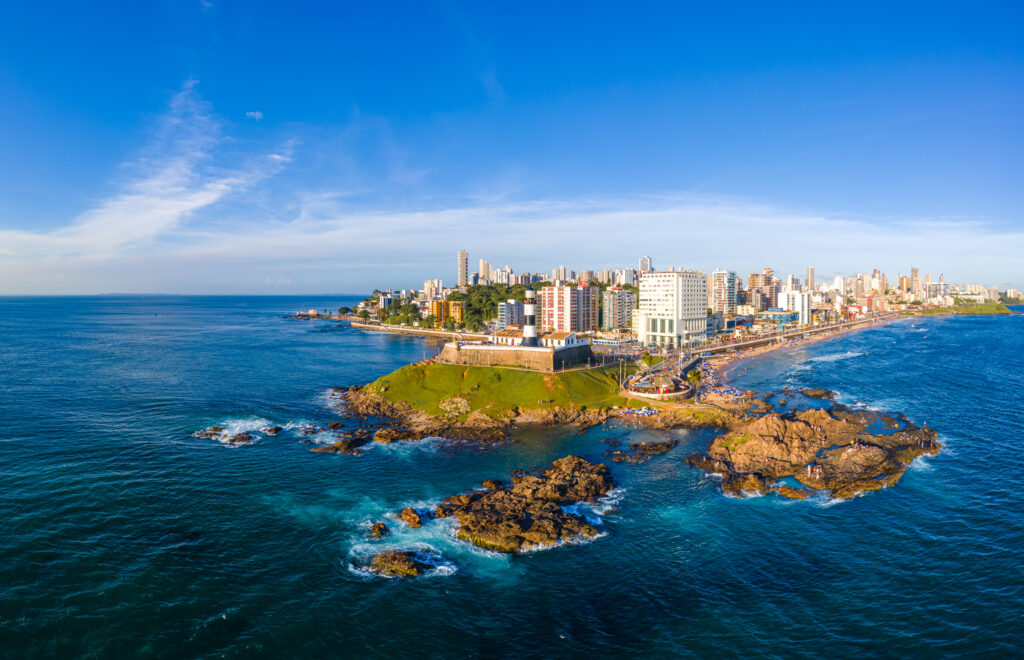PNAD Contínua
Unemployment drops in 16 states in 2019, 20 have record informality
February 14, 2020 09h00 AM | Last Updated: February 14, 2020 11h20 AM
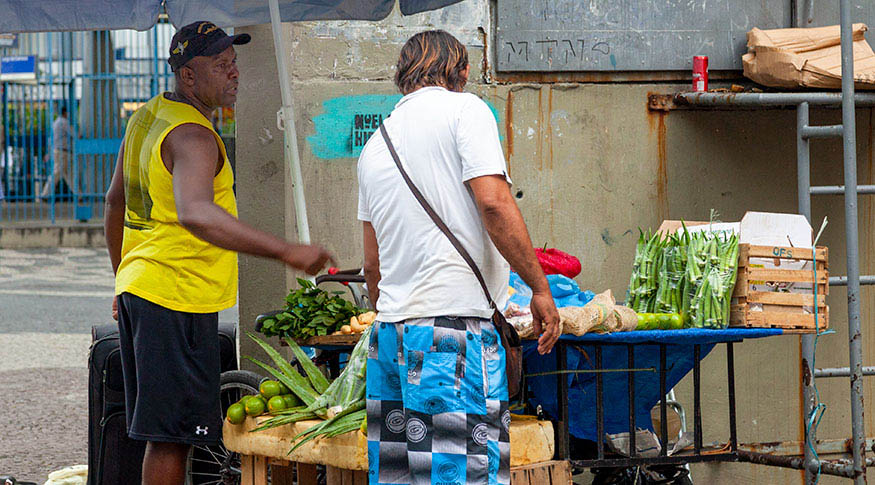
The average unemployment rate dropped in 16 states in Brazil in 2019, following the national average, which fell from 12.3% in 2018 to 11.9% last year. The highest rates were in Amapá (17.4%) and Bahia (17.2%), whereas the lowest ones were registered in Santa Catarina (6.1%) and in the states of Rondônia, Rio Grande do Sul, Mato Grosso do Sul and Mato Grosso, with 8% in the annual average.
The data came from the Continuous National Household Sample Survey - Continuous PNAD, released today (14) by the IBGE. The employed population also increased in Brazil (2%) and in 23 states, adding up to 93.4 million workers in 2019.
Despite the drop in the unemployment in 2019, the informality rate – sum of the workers without a formal contract, domestic workers without a formal contract, employers without CNPJ, self-employed persons without CNPJ and assisting family workers – hit its highest level since 2016 in Brazil (41.1%) and also in 20 states.
The national average informality rate was surpassed in 18 states, varying from 41.2% in Goiás to 62.4% in Pará. In 11 out of those 18 states, the informality rate surpassed 50% and only the Federal District (29.6%) and Santa Catarina (27.3%) registered informality rates below 30%.
Adriana Beringuy, an analyst of the survey, explains that there is a relation between the increase of the employed population in Brazil and the increase of informality.
"Even with the drop in the unemployment, it is noticed that the informality rate is higher than the growth of the employed population in several states. In Brazil, of the increase of 1.819 million employed persons, one million is of informal workers", explains Beringuy. "Informality has been sustaining the increase of the employment virtually in the entire country", notices her.
| Informality rate of the employed population (%) | ||||
|---|---|---|---|---|
| Locality | 2016 | 2017 | 2018 | 2019 |
| Brazil | 39.0 | 40.2 | 40.8 | 41.1 |
| Rondônia | 48.9 | 50.1 | 49.5 | 50.3 |
| Acre | 49.8 | 51.4 | 51.0 | 50.2 |
| Amazonas | 57.0 | 56.0 | 54.9 | 57.6 |
| Roraima | 42.8 | 44.0 | 45.0 | 47.1 |
| Pará | 60.8 | 61.8 | 61.4 | 62.4 |
| Amapá | 48.4 | 49.8 | 49.4 | 54.3 |
| Tocantins | 44.4 | 43.7 | 45.4 | 47.9 |
| Maranhão | 64.4 | 62.1 | 59.9 | 60.5 |
| Piauí | 59.4 | 58.7 | 58.8 | 59.5 |
| Ceará | 54.1 | 54.5 | 55.3 | 54.9 |
| Rio Grande do Norte | 45.3 | 46.8 | 48.3 | 48.4 |
| Paraíba | 52.1 | 52.1 | 53.1 | 53.1 |
| Pernambuco | 47.8 | 48.6 | 48.2 | 48.8 |
| Alagoas | 47.1 | 46.2 | 44.7 | 47.2 |
| Sergipe | 50.9 | 52.2 | 53.6 | 54.4 |
| Bahia | 54.5 | 54.6 | 54.3 | 54.7 |
| Minas Gerais | 37.9 | 39.8 | 40.0 | 40.1 |
| Espirito Santo | 37.5 | 40.5 | 42.2 | 41.6 |
| Rio de Janeiro | 33.3 | 36.2 | 37.1 | 37.5 |
| São Paulo | 27.4 | 29.7 | 31.6 | 32.0 |
| Paraná | 32.8 | 34.9 | 35.5 | 34.3 |
| Santa Catarina | 27.5 | 28.1 | 27.9 | 27.3 |
| Rio Grande do Sul | 32.9 | 34.2 | 34.2 | 34.0 |
| Mato Grosso do Sul | 36.5 | 36.3 | 37.1 | 37.8 |
| Mato Grosso | 38.3 | 38.6 | 39.1 | 40.7 |
| Goiás | 39.5 | 40.7 | 40.8 | 41.2 |
| Federal District | 26.0 | 27.6 | 28.2 | 29.6 |
| Lowest value | ||||
| Highest value | ||||
Social security contributors are 62.9% of employed population
The survey also shows that the proportion of the employed population that contributes to social security has been dropping in Brazil since 2016. The highest proportion is found in the South Region (75%) and the lowest, in the North (44%). Among the states, the contribution reaches 81.2% in Santa Catarina, while this percentage is 38.4% in Pará.
"We perceive that the growth of the contributing population has not been following the growth of the employed population as a whole. While the employed population increased 2%, the contingent of contributors to social security only grew 1.7%", states Beringuy. "As we had already seen, the growth of the employed population is based on the informality. And, with the informal labor, the contribution to social security decreases", complements her.







